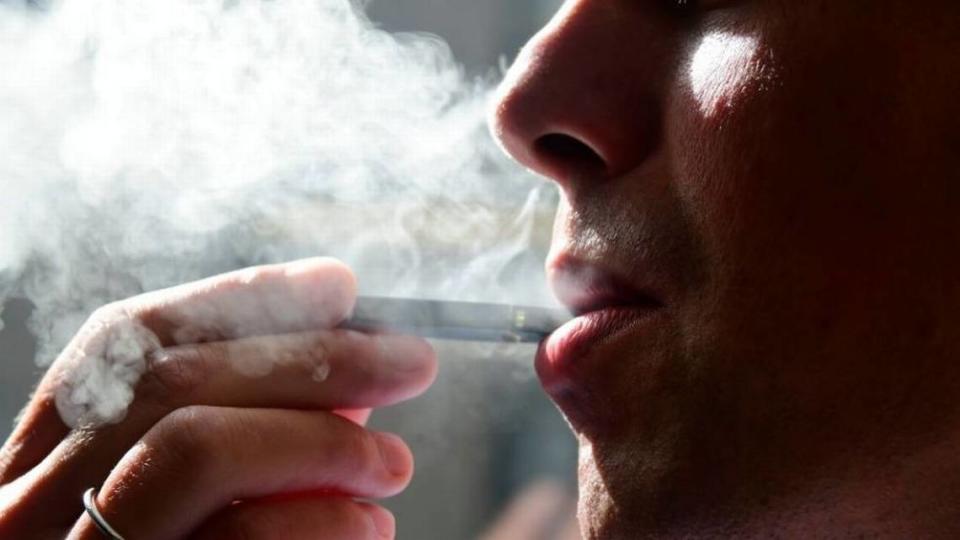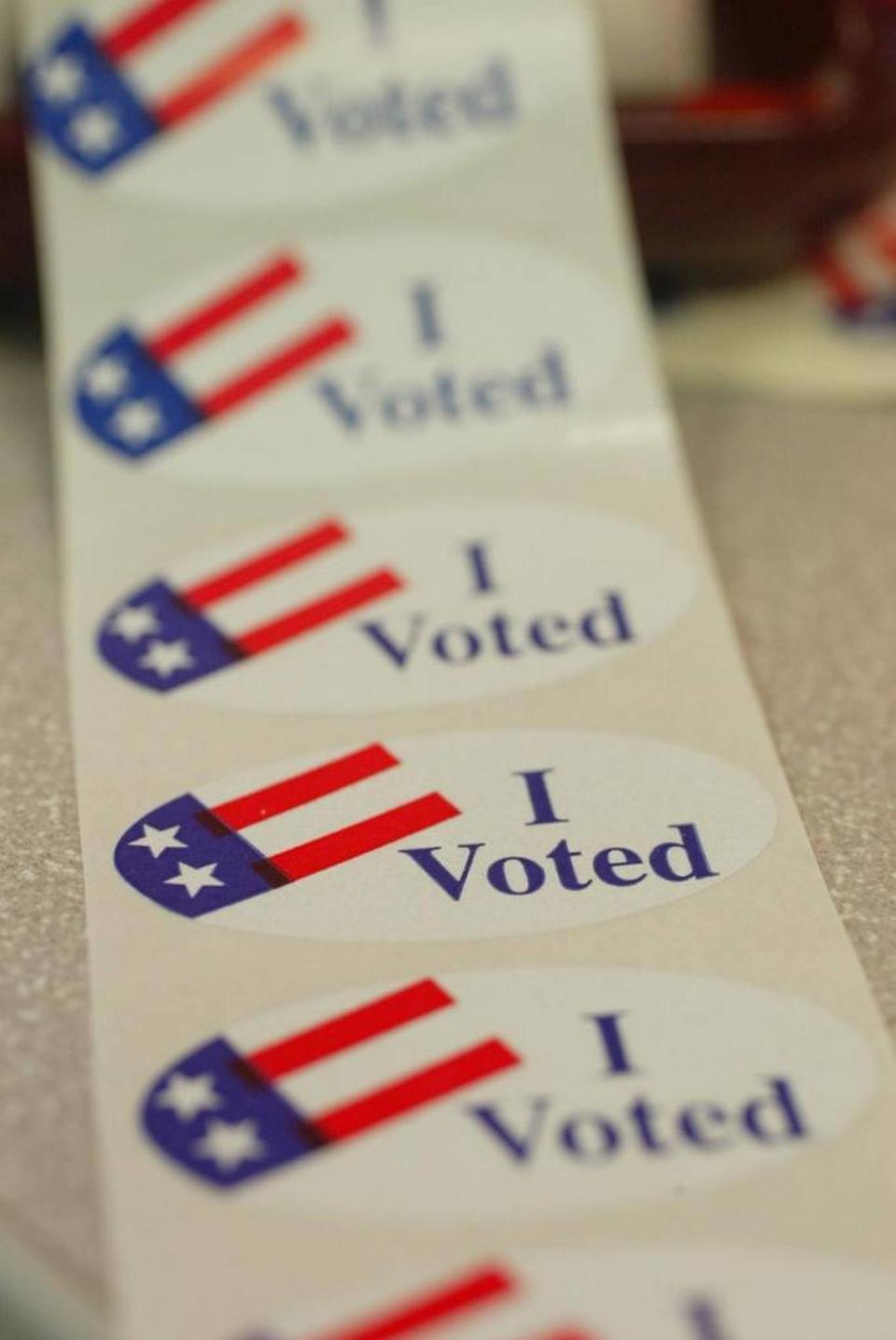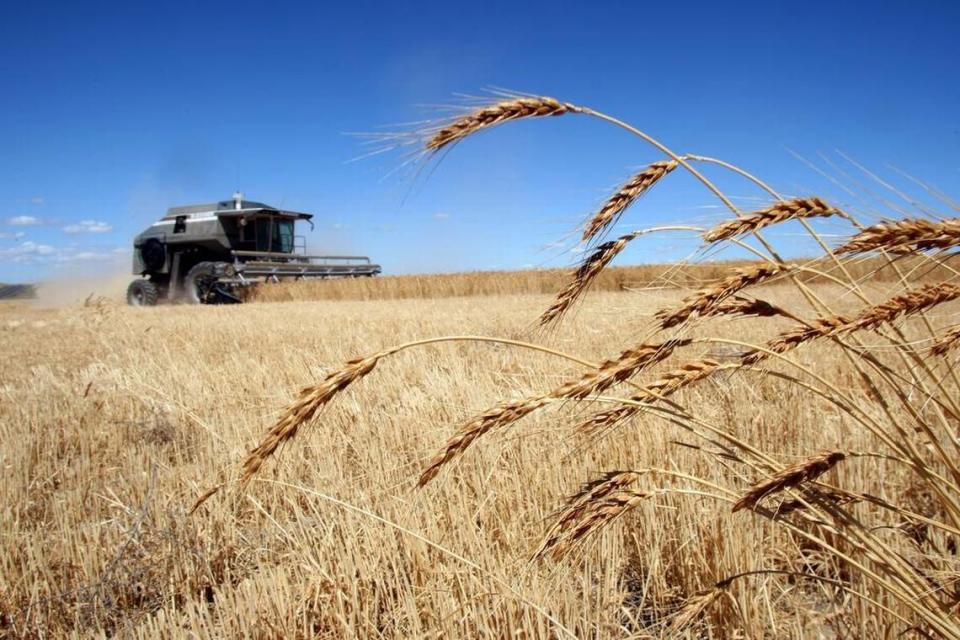Vape detectors, financial literacy, Narcan access. WA lawmakers already filing K-12 bills
From expanding the availability of opioid overdose reversal drugs in high schools, to lowering the voter threshold to pass capital bond projects, Washington lawmakers are already busy prefiling a flurry of education-related bills in the lead up to next year’s legislative session.
More than a dozen bills related to K-12 education have been filed in advance that would make changes to enrollment funding, programs, curriculum, grant programs for resources and how new facilities are funded.
Washington lawmakers begin meeting Jan. 8 in Olympia for the short 60-day legislative session.
Vape detector grants
A bill prefiled by state Rep. Travis Couture, R-Allyn, would establish a grant program for schools to buy and install vape detectors.
Under House Bill 1922, the state Office of Superintendent of Public Instruction (OSPI) and Department of Health would be responsible with establishing and administering the program and reviewing applications. The proposed bill does not list an appropriation amount.

School districts would need to demonstrate “a need for the detectors based on data from the healthy youth survey or other statewide or local data sources for student health practices or trends.”
Districts that receive funds would be required to provide an annual report to OSPI detailing the effectiveness of the detectors and other health promotion measures used to curb the use of vape products in schools.
Financial education instruction
State Rep. Skyler Rude, R-Walla Walla, has prefiled a bill with bipartisan support that would require students to take financial education instruction as a prerequisite to graduate from high school.

“Teaching financial literacy is one of the best ways we can improve opportunity for our students,” Rude said in a statement. “While some school districts have already prioritized financial education, many students aren’t receiving any instruction before graduation.”
“It is time all students receive this crucial education regardless of school district. This has to be an even greater priority for the Legislature,” Rude continues.
House Bill 1915 would require public schools to begin instruction with the class of 2029. Students would have to earn a half-credit of financial education instruction. Beginning the 2026-27 school year, school districts would be required to provide the instruction to all public school students in elementary and middle school grades.
In Washington state, students are required to earn 24 credits in order to graduate with a high school degree. The bill does not aim to increase the total number of credits the state requires to graduate.
The bill also has the backing of Washington Treasurer Mike Pellicciotti, who says the legislation will “equip the next generation with the tools needed to thrive economically.”
“Basic financial skills are an essential element for the economic health of all Washingtonians as they plan for their futures, seize new opportunities and weather financial hardships,” Pellicciotti said in a statement.
A companion bill has been filed in the Washington Senate by Sen. Javier Valdez, D-Seattle.
Similarly, Sen. Perry Dozier, R-Waitsburg, has introduced a bill that would mandate the instruction of agricultural literacy for students in grades 7-12.
Expanding opioid reversal drugs
A bill prefiled in the Senate would require all Washington state high schools to obtain and maintain a minimum of one set of opioid overdose reversal medications, and require all school districts to adopt an opioid-related overdose policy.

State law already requires school districts with 2,000 or more students to have the overdose medication on hand. But changes detailed in Senate Bill 5804 would require even the smallest school districts in Washington to carry the medications, as well as require them to adopt a policy for maintaining and administering the drugs.
Naloxone, or Narcan, is a drug used to rapidly reverse an overdose from opioids, such as heroin, fentanyl or prescription drug medications. There are two forms: nasal sprays and injectibles.
Synthetic opioids accounted for nearly 1,900 overdoses statewide in 2022, according to data from the University of Washington’s Addictions, Drug and Alcohol Institute.
The bill is sponsored by Sens. Patty Kuderer, D-Bellevue, and Lisa Wellman, D-Mercer Island, chair of the Senate Early Learning and K-12 Education Committee.
Lowering school bond threshold
The state school superintendent and lawmakers want to lower the voter threshold needed to pass new school construction funding.
Wellman and fellow Sen. Sam Hunt, D-Olympia, have prefiled Senate Bill 5823. The proposed legislation aims to lower the threshold that school districts need to approve capital bonds, from a 60% super majority to a simple 50%+1 majority.
Because the resolution would amend the state constitution, it would need a two-thirds majority in both the House and Senate as well as approval from a majority of Washington voters to become law.

In recent years, school districts have struggled to get their local voters to approve funding for new schools and replacement facilities. Recent local measures have been able to get majority approval, but have failed to reach the super majority stipulated in the constitution. Voter turnout must also reach 40% of the preceeding general election in order to pass.
As a result, many of the state’s smallest and poorest public school districts have continued to operate in decrepit facilities and are unable to build new facilities to meet growth.
Earlier this year, more than a dozen school districts across Washington tried passing construction bond measures. But only one succeeded in passing — a $195 million measure in Pasco to build a new high school.
After the Washington Supreme Court ruled in September that the Legislature and local communities share in the cost of funding new school construction, Superintendent Chris Reykdal said his agency would again ask the Legislature to cut the threshold down to a simple majority.
“It cannot be reasonably assumed that every community can do their part with an undemocratic super majority required to pass a bond vote at the local level in order to access the state’s share of the funding,” Reykdal said in a statement.
This isn’t the first time such legislation has been introduced in the Legislature.
In 2019, Rep. Monica Stonier and Wellman introduced bills in the House and Senate that would have made similar amendments to the constitution. While the issue got some time and attention, neither bill made it to the floor for a chamber vote.
Non-migratory seasonal farmworkers
State Rep. Lillian Ortiz-Self, D-Mukilteo, has prefiled a bill to commission a study on the academic needs and services for children of nonmigratory seasonal farmworkers.

The study would be conducted by OSPI, Department of Agriculture and Department of Labor and Industries. The final report would be due back to the Legislature in June 2025, and at a minimum include legislative recommendations to help students meet their academic needs.
Unlike the children of migratory agricultural workers and fishers, who often qualify for assistance through federal programs, children of nonmigratory seasonal farmworkers often lack access to such services.
“Both groups of children may experience low socioeconomic status, limited English proficiency, limited family engagement with schools, gaps in school attendance, and limited access to health supports, nutritious meals, and technology supports at home and in the community, especially in rural and remote locations,” House Bill 1866 reads.

